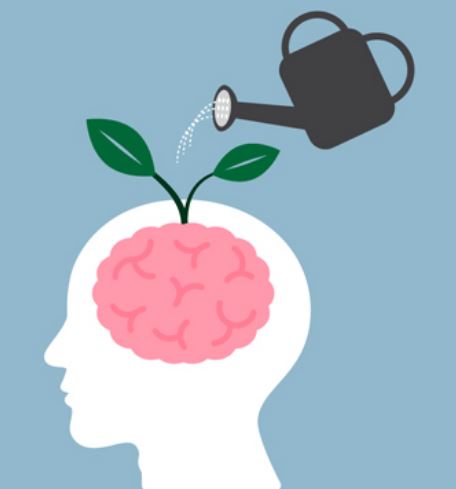In this second part of our series on ADHD and substance use (read Part 1 here), we will be discussing the neu rological aspects of ADHD. Harm reduction exists in many facets of life, and can take on many forms. Here at Trip! Project, one of the ways we practice harm reduction is through the spreading of knowledge and awareness of various substances, and phenomena related to taking/using these substances. The idea behind this is that knowledge is power! Having an awareness and understanding of the substances we take and the ways in which they interact with our brains is one way to make more informed and hopefully safer choices when it comes to substance use. The same can be said about our own brain chemistry and structure! Knowing how or why we experience the things we do can help us make informed choices and take better care of our brains.
rological aspects of ADHD. Harm reduction exists in many facets of life, and can take on many forms. Here at Trip! Project, one of the ways we practice harm reduction is through the spreading of knowledge and awareness of various substances, and phenomena related to taking/using these substances. The idea behind this is that knowledge is power! Having an awareness and understanding of the substances we take and the ways in which they interact with our brains is one way to make more informed and hopefully safer choices when it comes to substance use. The same can be said about our own brain chemistry and structure! Knowing how or why we experience the things we do can help us make informed choices and take better care of our brains.
This next installment aims to share some of the neurological aspects of ADHD to inform not only why those of us with ADHD gravitate towards the substances we do, but also to undo some of the shame and stigma associated with those habits. Some of these habits are wired into us on a neurological level! That’s not to say we have no control over our decisions or choices. Understanding why we make certain choices can go a long way in overcoming the shame many of us feel around our actions and impulses. Sometimes we all need a little reminder not to stigmatise the way that different brains operate, and to remember that trying to make changes to your mental wiring (if that’s what you want for yourself) can be incredibly challenging! So, with that, we hope to share some info on what specifically is happening on a neurological level when it comes to the ADHD experience.